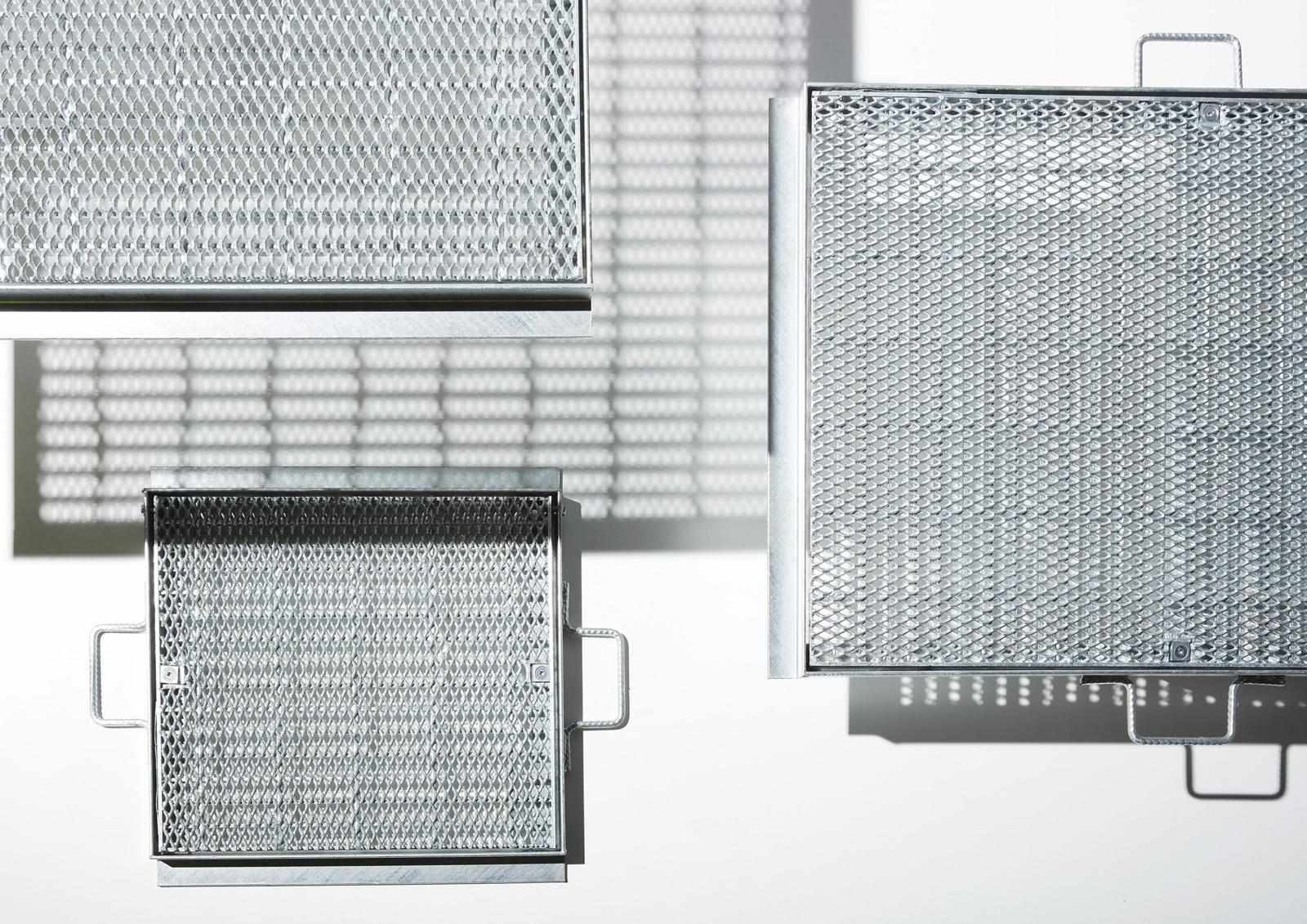
Functionality
The primary function of drain grates is to facilitate the flow of water into underground drainage pipes or culverts. By capturing surface runoff, drain grates help prevent flooding during heavy rains and storms. They ensure that excess water is channeled efficiently away from populated areas, reducing the risk of water accumulation and associated damage.
Preventing Debris
Another critical role of drain grates is to prevent large debris such as leaves, branches, and trash from entering the drainage system. Allowing such debris into pipes can lead to blockages, which in turn cause localized flooding and pose a risk to infrastructure and public safety. Drain grates act as filters, allowing only water to pass through while keeping out larger objects.
Safety
Drain grates also contribute to public safety by providing stable and secure surfaces for pedestrians and vehicles to traverse. They cover openings in sidewalks and roads, reducing the risk of accidental falls or damage to vehicles that might otherwise occur if these openings were left exposed.
Types of Drain Grates
There are several types of drain grates, each designed for specific applications and environments:
Cast Iron Grates: These are among the most common types of drain grates. Cast iron offers durability and strength, making it suitable for heavy traffic areas like roads and parking lots.
Steel Grates: Steel grates are lighter than cast iron and can be just as durable. They are often used in areas where weight is a concern, such as pedestrian walkways and plazas.
Plastic Grates: In some situations, plastic drain grates are used, particularly in locations where corrosion resistance and weight are critical factors. Plastic grates are also non-conductive, making them suitable for areas near electrical installations.
Decorative Grates: For areas where aesthetics are important, decorative Drain gate cover made of materials like stainless steel or aluminum are used. These grates blend into their surroundings while still providing essential drainage functionality.
Bicycle-Safe Grates: In cities with high bicycle traffic, specialized bicycle-safe grates are installed to prevent bicycle tires from getting caught in the grate openings.
Maintenance
Regular maintenance of drain grates is essential to ensure optimal performance. Over time, grates can become clogged with debris or corroded due to exposure to the elements. Routine inspections and cleaning help prevent blockages and extend the lifespan of the grates.













Write a comment ...